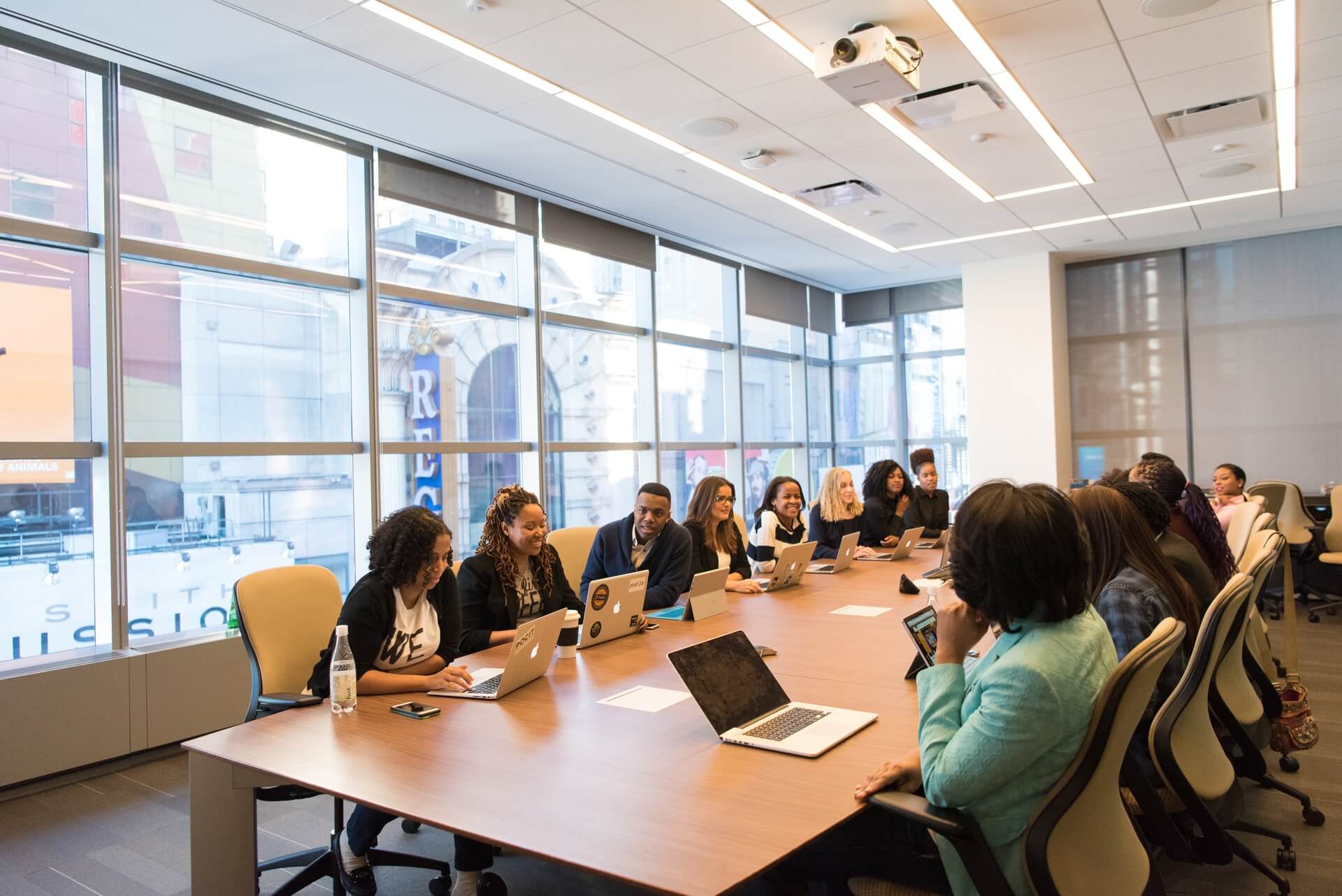As companies reopen offices, they must focus on utilizing their spaces to meet their employees’ needs.
Some teams use tech to measure how their spaces are being used so that they can design based on actual demand.
With privacy being the biggest concern among employees with smart offices, how can companies ensure they collect accurate data while respecting a reasonable amount of privacy in the workplace?
Technology and privacy
Stigmas of babysitting surround workplace technology — tracking movement and productivity with the scroll of a mouse or time at a seat. Keystroke monitoring, employee email correspondence, social media, and general internet use can all be tracked with simple programs.
But workplace privacy is integral to a positive hybrid environment.
But with the number of employers using tools to track their employees doubling to 60% since the start of the pandemic — and expectations to rise up to 70% by 2025 — this stigma may be staying put.
Privacy protections often come down to individual state laws, but in many cases, these laws haven’t kept pace with the rapid ways electronic surveillance is changing. Laws like the Electronic Communications Privacy Act (ECPA), place some limitations on an employer’s right to monitor its employees’ telephone usage at work. Under the ECPA, an employer may not monitor an employee’s personal phone calls, even those made from telephones on work premises.
But individual companies need to take take a clear stance on employee rights to privacy in the workplace — and be intentional in the tech they choose to bring inside the workplace.
Antiquated technology like badge data gathers personally identifiable information each time someone swipes their badge. When reports are generated to analyze building space usage, that information needs to be scrubbed before it’s passed off. This process leaves room for information leaking and human error and ultimately an invasion of privacy.
Some camera systems come equipped with facial recognition. This type of technology often runs a continuous video stream, vulnerable to hacking. Facial recognition information can be stored, giving hackers access to personally identifiable information.
As privacy hacks increase around the world, employees are wary of when and how their data will be used.
“Really the question that every company should ask themselves is this — ‘What do I need this data for, and does the identity of the individuals weigh into the data that will inform impactful change to what we do, how we do it, and why we do it?’” says Devorah Rosner of Twilio.
But not all technology is created equally. Workplace leaders can implement programs that gather data on how space is used without tracking their employees’ productivity. This technology focuses on how spaces are being used, not the amount of work being completed. This type of data doesn’t need a face, only a vote of the feet.
Workplace privacy and measuring your workplace
Instead of invasive cameras, a sensor-based system can track movement and usage without identification. Instead of face recognition devices, radar sensors can measure meeting room capacity in real-time.
With 68% of employees preferring to work remotely, it’s important to create a welcoming workplace environment, one where video surveillance is not front and center. Implementing ways to measure space without invading employee privacy can help to create the safe and welcoming environment many employees are seeking.

Above is an example of two employees working in a space, measured by our Open Area sensors. Their presence is represented anonymously, keeping their privacy intact while measuring how a particular space is being used.
Companies use this technology to get the answers they need without sacrificing employee experience and protecting employee privacy. “It was important for us when we were putting in space sensors that they did not identify people. We have to be protective of our business, but we also have to be protective of our employees’ information and data. And that’s important to me,” says Larry Charlip of Take-Two.
Taking this approach of giving equal weight to the employer’s right to gather business data and the privacy of the employees that work there is what will help to give employees the trust factor they are looking for.
Employees’ voices are loud and clear
As hybrid work continues to alter our work, change is met with questions and uncertainty. Employees are more empowered than ever to voice their needs in the workplace. This is a time to listen to employees.
The pandemic has highlighted the need to measure spaces. But as Andrew Farah, CEO of Density, explained at Axios: What’s Next Summit (2022), there is never a good excuse to invade privacy.
We’re all learning how to cope with new hybrid workflows, but it will take a human-centric approach to make it happen. Leveraging workplace data to create valuable and informative decisions and understand how our employees think and feel about our workplaces while ensuring their privacy stays intact will be the drivers of a successful future of work.









